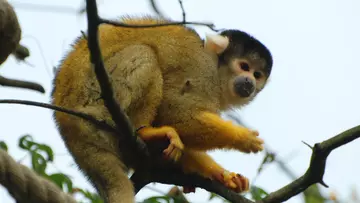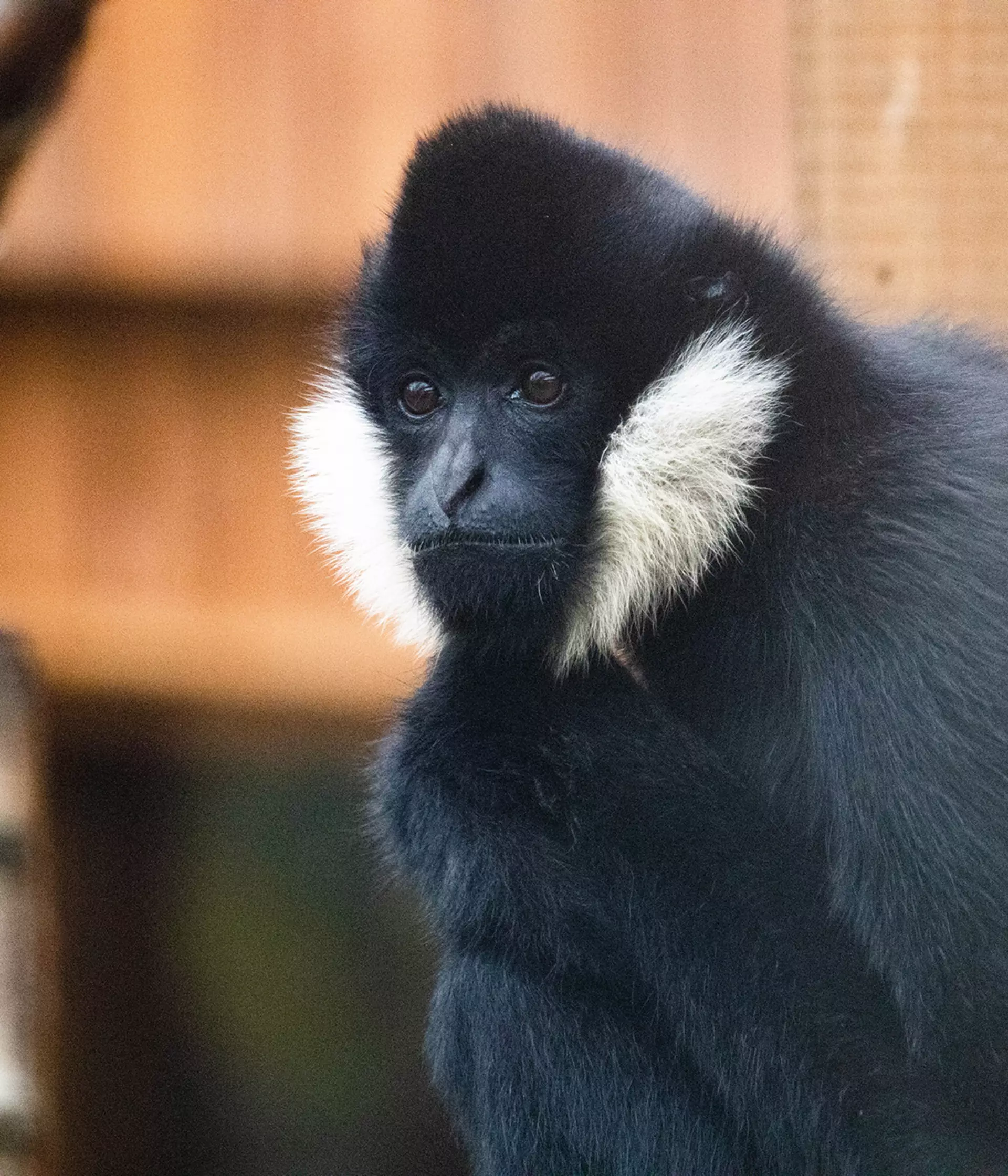
Zookeeper Nick Burnham from London Zoo’s Primate team gives us the inside scoop on some of our closest relatives, and tells us who his favourite animal is...

How do we tell our monkeys from our apes?
As a rule of thumb, if primates have tails they’re usually monkeys. If you can’t see a tail they’re normally apes – like us!
When's best to spot primates at London Zoo?
Come rain or shine, you will nearly always see our father and son duo, northern white-cheeked gibbons Jimmy and Yoda, swinging about their home. They love to be outside (which can make it hard for us to clean their outdoor areas)! So even if it’s pouring with rain Jimmy will be sitting on a branch, quite contently, refusing to take cover.
The gorillas are best to catch when the Zoo opens or at lunch time. At 10am we go into the back dens to give everything a clean – so they’re always out and about. At 1:30pm they’ll normally have a feed of pulses and leaves on the island so it’s a good time to spot them foraging.
Unless it’s pouring, you can guarantee the squirrel monkeys will be dashing around their walkthrough, up to their mischievous ways as always!

Does anyone have any odd habits?
Primates are so interesting because they’re a lot like us. They all have little traits, and the longer you spend with them the more you understand them. Mangabeys smack their lips to communicate, and Hanuman langurs are incredibly agile gymnasts.
Do you have a favourite?
You’re probably not meant to have a favourite but I think everybody does. I absolutely love Jimmy the gibbon, he’s a lot of fun because he’s so energetic and he really engages with people. You’ll hear him singing in the morning. Gibbons tend to sing in duets so Jimmy will start and Yoda, his son, will respond. Jimmy also likes to sing at the dogs in Regent’s Park, which I think is brilliant. They have no idea what’s happening but they bark along.
